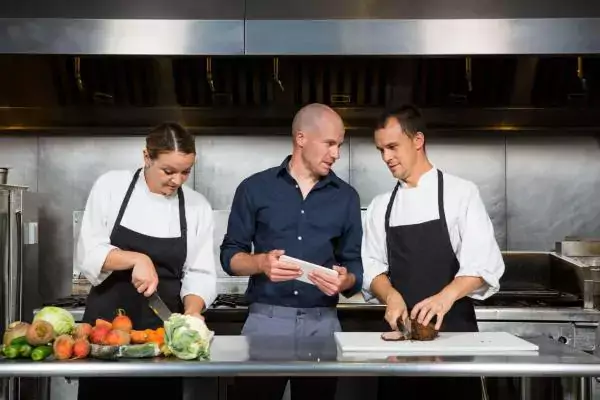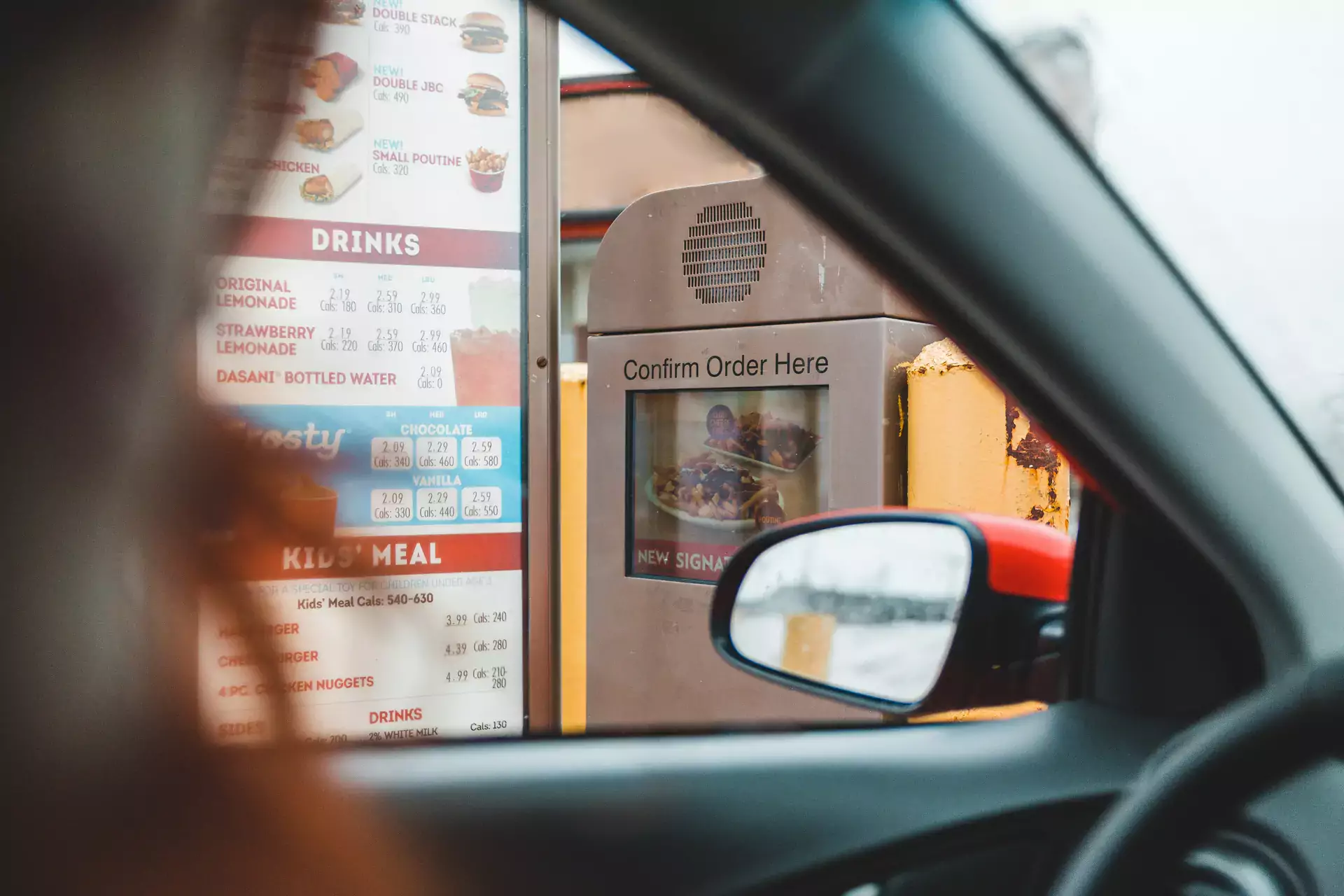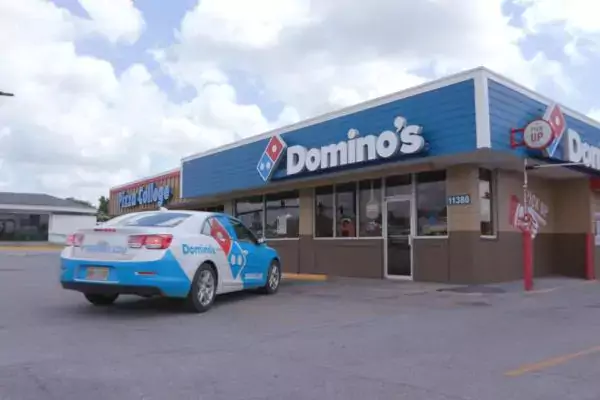There are many reasons why consumers choose quick-service restaurants– convenience, affordability, consistent product, and most of all: speed of service. Quick service restaurants (QSRs), or fast-food restaurants, are generally known for serving food in lightning-fast time. To expedite their meals, busy customers typically choose to order food from QSRs over full-service sit-down restaurants.
Let's break down the driving factors that enable ops teams to put the 'Q' in QSR:
1. Preparing and pre-cooking
During peak hours, QSR teams pre-cook food to be served to customers immediately. Using information like historical sales, trends, and current conditions, restaurant teams can make and use projections to determine how much product to cook at any given time. Food items are prepped a few critical times daily, with extra labor hours allocated to offline employees preparing products like produce or saucepans. QSRs try to ensure enough food is prepped so that nothing runs out during service. This also provides an opportunity to identify if any ingredients or products are going to run out so low stock can be addressed to avoid a shortage that will interrupt service.
QSRs use customer and car counts, like how many customers are in line or how many cars are in the drive-thru, to start cooking products before the customers even order them. Keep in mind, most QSRs aren't pre-cooking tons of food that will sit around for hours; instead, they will cook just enough to get through the next few minutes of service, and whatever product is up (already cooked) for too long will get discarded.
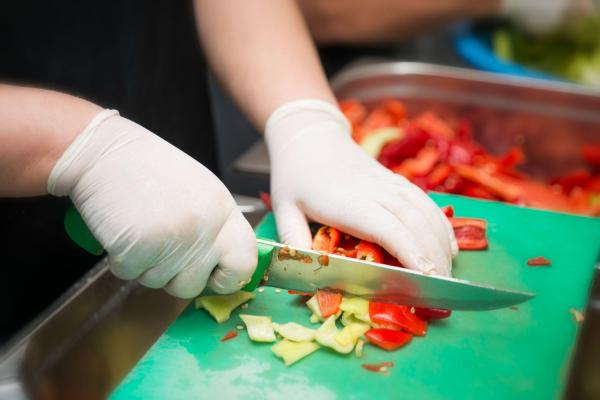
2. Communicating and listening
QSRs are also able to quickly serve drive-thru customers by having the drive-thru service team all wearing headsets to hear the customer's order in real-time, meaning that the second something is ordered, the team members can begin working on it immediately. Alternatively, some QSRs use a speaker system in the back of the house where employees can all hear the drive-thru customers and order-takers communicating. Either way, the fastest drive-thrus are those that have employees who can listen to customers ordering in real time. This is also beneficial because the more people who are listening to customers place their orders, the less likely it will be to get the orders wrong. If multiple employees can hear the customer, if the order-taker mishears or mistypes, another team member has the chance to catch and correct the issue reducing the number of items that must be remade.
3. Staying data-driven
Using data to determine how to optimize operations is key to being able to provide fast service. From detailed reports to team members drawing off of past experiences, data and trends can provide valuable insight into each shift and help QSR teams operate quickly and efficiently. Some QSRs use software that pulls previous sales data for a given type of shift (projected sales, day of the week, time of day, etc.) to provide teams with guidelines on how much of each menu item the team should cook at a given time. Bin charts help guide team members on how many specific products they should keep up at a time. For example, the bin charts may recommend keeping six chicken patties cooking at noon on a Friday, whereas, at 10 AM on a Monday, the bin chart may only call for two. Different QSRs will include items on their bin or prep charts depending on their menu, cooking methods, and standards.
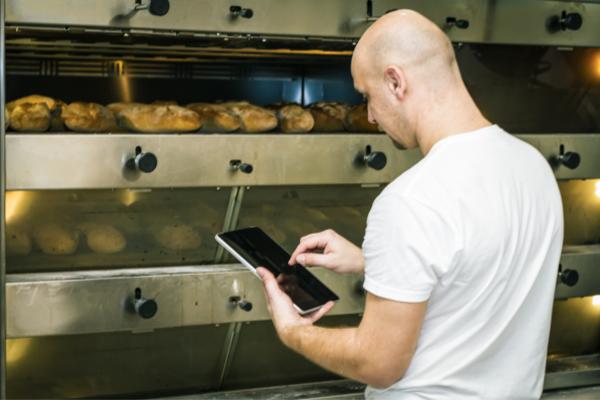
4. Training, training, and more training (and cross-training, too)
Every restaurant manager or operator knows the value that comes from thorough and effective training. When team members are adequately trained, they are able to not only move faster in their positions but also maximize their efficiency and effectiveness. Investing in a thoughtful training program that is built for restaurants can help guarantee that each restaurant employee will be set up for success. Still, giving employees time to practice each new position they learn is important. If you take the time to stop and watch a new employee working on a service line, they will be moving around back and forth constantly as they are working. Conversely, watching a seasoned employee working, you will likely see them much more stationary, as they can be more effective with each of their actions and move more smoothly. More often than not, well-trained employees will make their job look easy, whereas newer team members may be more chaotic.
Cross-training and continuous training can help elevate a restaurant's operations immensely. Not only does cross-training ensure that staff is knowledgeable and able to jump into any position when needed, but it also means that employees have an understanding of what their coworkers' jobs are like, and they can be more empathetic to situations when a team member gets behind or makes a mistake, helping bolster moral and connect the team. Restaurants rely on teamwork, and any opportunity to create a sense of connection between employees will improve operations and customer experience. Teams that feel connected are more likely to communicate and work together towards a common goal, especially speed of service.
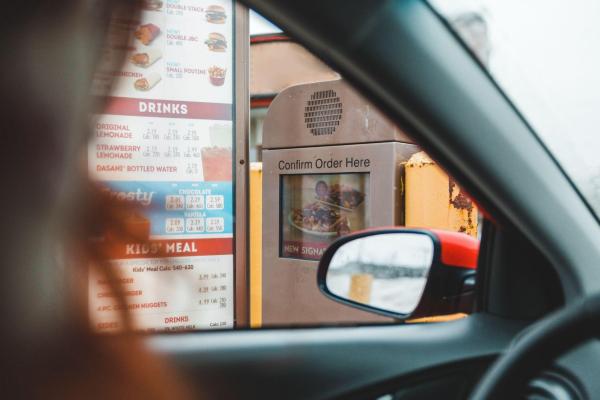
5. Motivating teams
Even if the above steps are applied, nothing will get a restaurant team moving faster than motivation. Setting a speed goal for each shift to work towards, and communicating it to the team, can get employees excited and moving quickly. From setting a speed goal for the drive-thru timer or aiming to serve a certain number of guests within the hour, setting and communicating a goal to the team will ensure that each employee is working towards a common goal. Restaurants that set a goal to work towards usually see more teamwork and communication, resulting in faster speeds and better service overall. This can be compounded when adding in some friendly competition. With more technology being implemented in restaurants, like drive-thru speed leaderboards showing live drive-thru data for each restaurant in a district or franchise, QSR teams are increasingly motivated to deliver fast results.
Looking ahead, it is likely that quick-service restaurants will only continue to get quicker. With the implementation of new technology and updated training programs, fast-food restaurants will be set up for speed. To learn more about efficient and effective restaurant operations, download The Restaurant Operator's Guide to Ops Excellence.
Subscribe to our blog
You are now subscribed!
